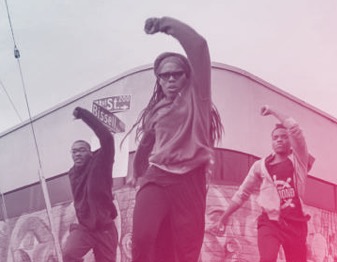If you imagine the venn diagram of identity signifiers for the 28th annual San Francisco International Asian American Film Festival, you might get the impression that this beloved Spring-inaugurating feast of cinema is rather parochial in scope.
Not so. For one thing, just the word “Asian” alone is inherently multitudinous. For another, the festival’s ongoing accumulation of nuance can’t help but be broadening. For instance, look closely at this year’s program, just above the cursive graffiti “iloveyouiloveyouilove” in its cover photograph, at that overlaid column of telling statistics. From these you will discern that SFIAAFF has screened 1,998 films over the course of 28 years, and that this year’s crop of 109, culled from 900 prospects, includes 65 shorts, 29 narrative features and 15 documentary features. You will learn that the number of miles traveled by festival organizers to scout these films was 41,950.
You won’t learn from the program, but will learn from me and can verify on the Internet that 41,950 miles is more than five times the length of the Earth’s diameter. So if you’re looking for a word to describe the range of SFIAFF offerings, it’s safe to say that “wide” would be a good one.
Highlights? There are many. Lu Chan’s epic about the 1937 Nanking Massacre, City of Life and Death, is one. Likewise parts four and five of Yang Fudong’s much lauded Seven Intellectuals in a Bamboo Forest, a five-part series loosely adapting and updating a 3rd-century parable about a group of Taoist scholars who deliberately withdrew themselves from a noisy and corrupt society.

Seven Intellectuals in a Bamboo Forest




